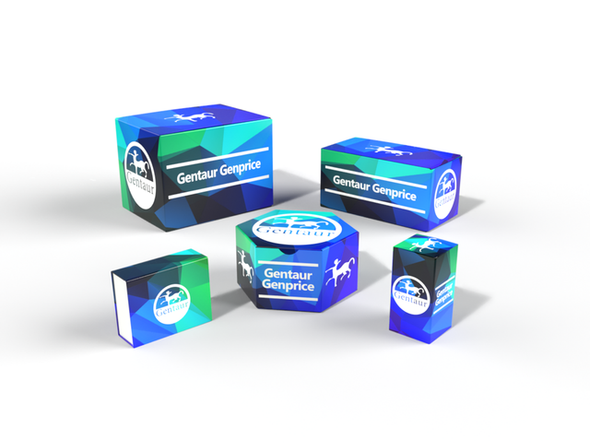Description
Stable GS-3A4-HepG2 Cell Line | T6016
The parental cell line of GS-3A4-HepG2, HepG2, was derived from a human hepatoma and was transformed with a vector containing the Glutamine Synthetase gene, allowing for ammonia metabolism and the 3A4 gene for drug metabolism. This transformation allows for activity in the immortalized cell line that is similar to primary hepatocytes, but with a greater ability to metabolise drugs (3A4 activity). This cell line is highly functional in long term culture, and therefore ideal for continuous research into liver function and metabolism. Previous studies have explored the cell line’s use into bioartificial liver support systems. These systems are new technologies being developed to treat cases of liver damage where function needs to be supported during liver regeneration. The GS-3A4-HepG2 cell line may be particularly useful to metabolism drugs during long term experiments.
Biosafety:
II
Organism:
Human (H. sapiens)
Source Organ:
Liver
Growth Properties:
Adherent
Morphology:
Epithelial-like
Clones:
N/A
Passage Number:
N/A
Population Doner:
13 - 23 hours
Seeding Density:
20,000 - 40,000 cells/cm2
Markers:
N/A
Applications:
For Research Use Only
Doner Gender:
Male
Donor Ethnicity:
Caucasian
Knockdown Method:
N/A
Induction:
N/A
Overexpression:
N/A
Freeze Thaw:
N/A
Propagation:
Preservation:
1. Freeze Medium: Complete growth medium with 20% FBS and 10% DMSO.
2. Storage Temperature: Liquid nitrogen vapour phase.
Quality Control:
N/A
Tumorgenicn:
N/A
Shipping Conditions:
Dry Ice
Storage Contidions:
-180°C






